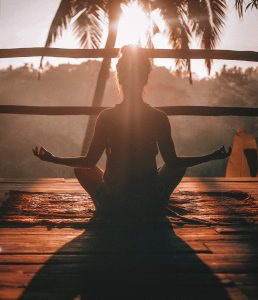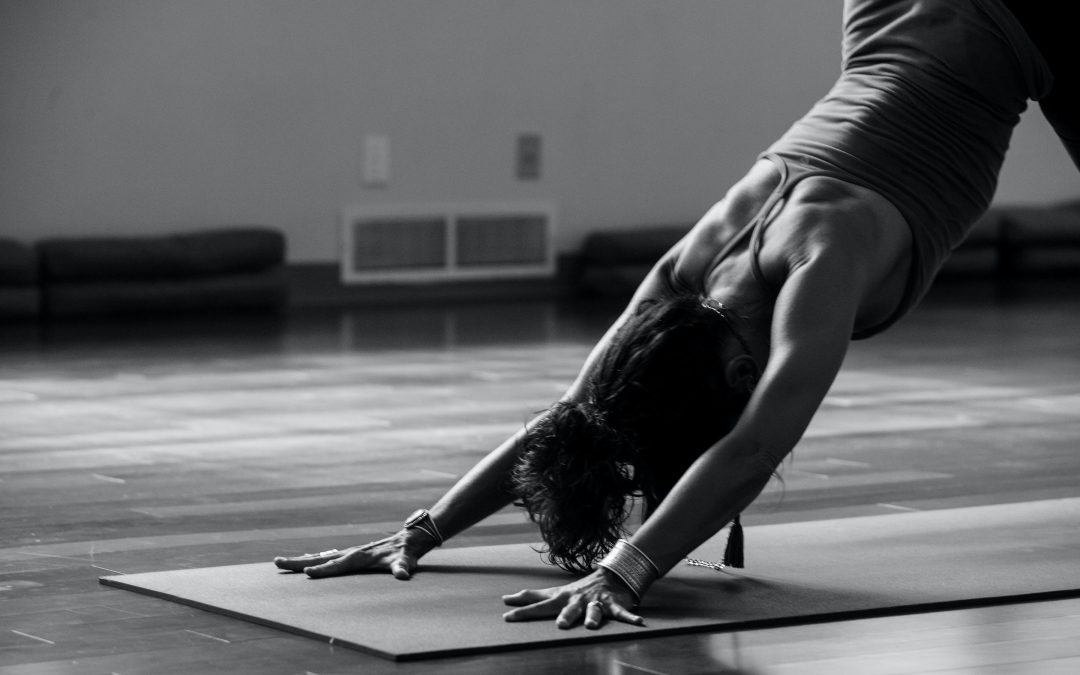I enjoy reading the sayings on my meditation app. I’ve also enjoyed sharing some of them in various places on social media recently. Today, I found one that connected for me, immediately, but that I hadn’t heard in its current iteration before: “Nobody can bring you peace but yourself,” by Ralph Waldo Emerson.
As I read it, I realized I’d originally connected with this sentiment in Al-Anon meetings in relation to the phrase “It’s an inside job,” author unknown.
I was so taken with this way of thinking that I went on Chat GPT and asked for different ways of saying the same thing, and the AI came up with 12 versions. The one I liked best is “Peace is a journey you must take on your own.”
My version is “Peace of mind is a journey you must take on your own.”
They’re all true, but I like that last one (even as a small voice inside wants to call me a traitor for looking at an AI’s interpretation for inspiration).
For those of us with histories of trauma, finding peace of mind isn’t easy. We tend to look everywhere for the solution, except inside ourselves. It feels scary to go there. But what I’ve found over the years is that inside is actually a very safe place. We think of it as scary because our memories of bad people and scary events live there too. But, the actual experiences were external, and they’re over. In the present moment, inside myself, I can find peace.
The secret is to be very present — to remember and ground into the current reality instead of allowing our minds to carry us away into the past. But our minds aren’t actually the enemy, either.
The real enemy at this point is fear. It’s fear that keeps us going over and over scary things from the past, like a scratched 45 rpm vinyl record (if you know what I’m talking about you’re likely older than 40).
Science now says that we humans have what’s called a negativity bias. We continue to replay past events in our minds because that negativity bias is designed to keep the memory fresh, so we don’t forget, so we’ll never let that happen to us ever again.
We tend to be very afraid of looking at this negativity bias, but really, the scary stuff was all external. We internalized it, thinking that somehow we were responsible, and somehow we needed to change, so they would change. That isn’t true. We’re not responsible for another person’s behavior, only our own.
The problem is that while this negativity bias was really important when humans lived in places where there were tigers in a cave around the corner or quicksand on that muddy forest path, it doesn’t work well for what we encountered as kids. First, the people involved are, or should be gone from our lives, and secondly, we’re only punishing ourselves by replaying these memories. They are not saving our lives.
There’s another saying I remember from somewhere too – “It’s okay to look back at the past. Just don’t stare.” It’s attributed to a journalist – Benjamin Dover. This, I think, is true wisdom. It’s important to recognize that these things happened, but to live our lives in fear of them happening now doesn’t serve us. It only keeps us locked in and afraid to open the windows of our hearts and minds to the magic that exists in the world, if we’re willing to trust in ourselves.
Change doesn’t happen outside. It IS an inside job. The hard work, then, is to recognize our own strengths, to believe that we’re enough, to know that we’re really okay and capable of our own internal change. Because, yes, change is needed, but mostly what needs changing is our perception of how we deserve to be treated, and what we decide to allow in our own lives.

For me, this journey forward was jump-started by the Al-Anon program and turbocharged when I started taking yoga classes.
Over the years both the 12 steps and yoga together have shaped my perceptions and strengthened my resolve and my healing skills. The wisdom of these two modalities, so different on the outside, are incredibly compatible and actually pretty similar when you start breaking down the concepts and comparing them. What 12-step programs offer is emotional and mental support. What yoga offers is mental and physical support. Taken together, the package is whole-istic (my word), which allows myself and others to find tools that help us cope with the past and thrive in the present. Yoga as therapy for trauma is better than medication for CPTSD, according to Dr. van der Kolk, and 12-step programs give us the foundation to build a new and better life.
My thought? Use EVERYTHING that works for you. Don’t stop. Rinse and repeat.
Celeste Mendelsohn
IAYT Certified Yoga Therapist
Guest Post Disclaimer: Any and all information shared in this guest blog post is intended for educational and informational purposes only. Nothing in this blog post, nor any content on CPTSDfoundation.org, is a supplement for or supersedes the relationship and direction of your medical or mental health providers. Thoughts, ideas, or opinions expressed by the writer of this guest blog post do not necessarily reflect those of CPTSD Foundation. For more information, see our Privacy Policy and Full Disclaimer.





I’m genuinely glad you were helped by a 12 step program, but I feel strongly that 12-step programs are inherently problematic because they place the focus on an external make believe “higher power”. That’s the exact opposite of what you’re recommending in this post.
The higher power could be whatever the individual see that as. It’s to acknowledge there is a power greater than ourselves…this can be seen as love and support from a group of strangers. While in certain pieces of text mentions G-d, higher power, etc.
step one states came to believe in a higher power greater than myself… When our spirituality grows and we start to heal from self limiting beliefs…isn’t that when we start to believe in a higher power greater then ourselves? Could that higher power be empowerment?
I agree! I’ve had several different types of trauma in my life but I decided I was exhausted and ready to make changes. Counseling combined with ART and yoga have been truly life changing.
How can I learn about programs like these in an area I live! I’m in need of such support